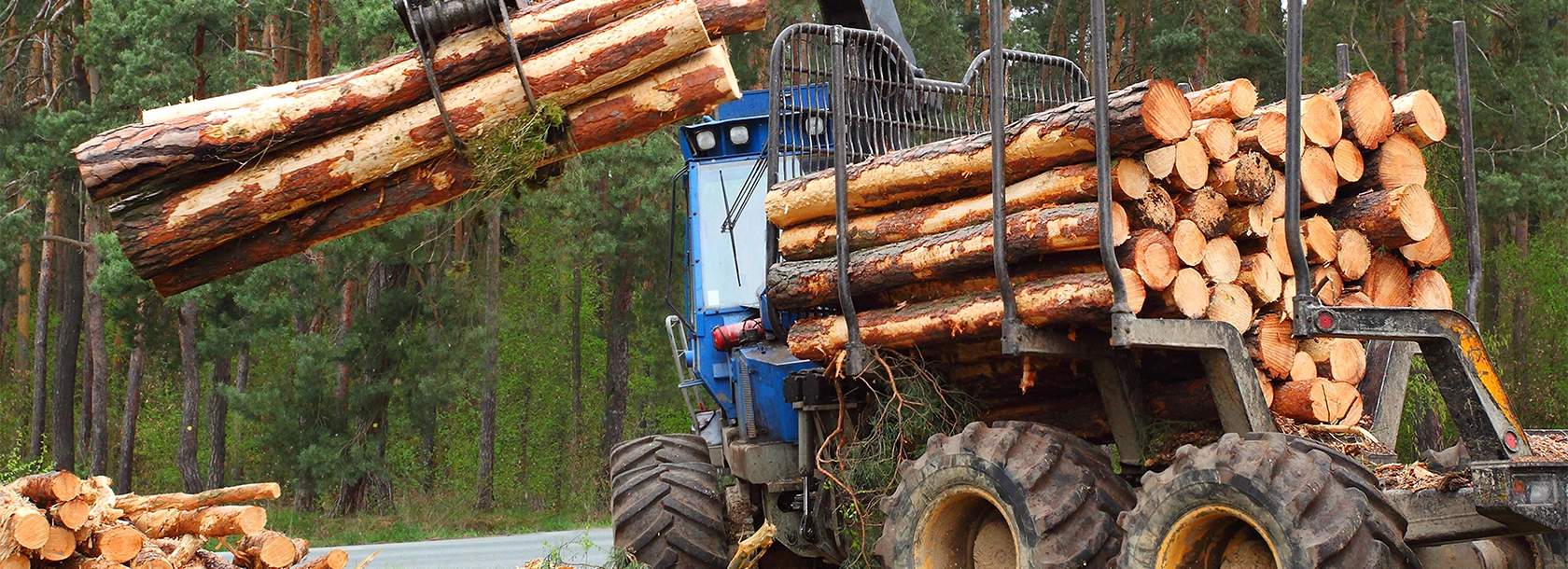Selling timber can be a significant decision for landowners, often driven by a combination of financial, ecological, and personal factors. Here are the top ten reasons landowners choose to sell their timber.
1. Financial Needs
Many landowners sell timber to generate immediate cash flow. Timber sales can provide funds for paying off debts, funding education, or making home improvements. According to the U.S. Forest Service, timber sales can yield substantial profits, often ranging from thousands to millions of dollars depending on the volume and quality of the timber (USFS, 2020).
2. Forest Management and Health
Selling timber can be part of a broader forest management strategy. Thinning overcrowded stands improves overall forest health by reducing competition for resources. This practice can lead to increased growth rates for remaining trees (Virginia Cooperative Extension, 2021).
3. Tax Incentives
Landowners may benefit from tax incentives related to timber sales. The IRS allows certain timber sales to be taxed as capital gains, which can result in lower tax rates compared to ordinary income (U.S. Department of Agriculture, 2021). This financial advantage can make selling timber an attractive option.
4. Retirement Planning
For many landowners, selling timber is part of their retirement strategy. The revenue generated can provide a financial cushion during retirement years. A study by the National Timber Tax Website indicates that strategic timber sales can significantly enhance retirement income (National Timber Tax, 2022).
5. Increased Land Value
Selling timber can enhance the overall value of the land. By managing timber resources and selling mature trees, landowners can increase the marketability of their property. According to the American Forest Foundation, well-managed forests often attract higher offers from potential buyers (American Forest Foundation, 2021).
6. Pest and Disease Control
Timber sales can help manage pest infestations or diseases within a forest. Removing affected trees can prevent the spread of issues that might threaten the health of the entire stand. The U.S. Forest Service highlights the importance of proactive management in maintaining forest health (USFS, 2020).
7. Changing Land Use Goals
Landowners may shift their objectives for their property, such as transitioning from timber production to recreational use or conservation. Selling timber can fund these new initiatives, allowing landowners to align their land use with personal values or goals (University of Vermont, 2021).
8. Natural Disasters
Events like storms, wildfires, or pests can damage forests, prompting landowners to sell timber that is salvageable. Salvage logging can recover some financial losses while facilitating forest recovery (Mississippi State University, 2020).
9. Estate Planning
When planning for the future, landowners may sell timber to ensure that their heirs have the financial resources necessary to manage or inherit the property. Proceeds from timber sales can be used to cover estate taxes or provide an equitable distribution among heirs (University of Kentucky, 2022).
10. Sustainable Practices
Many landowners are committed to sustainable forestry practices. Selling timber can fund reforestation efforts and promote long-term ecological balance. Sustainable management practices ensure that forests continue to thrive for future generations (Sustainable Forestry Initiative, 2021).
Conclusion
The decision to sell timber is multifaceted and often reflects a combination of financial, ecological, and personal considerations. By understanding these motivations, landowners can make informed choices that align with their goals while contributing to the health of their forests.
Sources:
- U.S. Forest Service (USFS). (2020). Forest Management and Economics.
- Virginia Cooperative Extension. (2021). Timber Management for Landowners.
- U.S. Department of Agriculture. (2021). Timber Tax Guidelines.
- National Timber Tax. (2022). Timber Sales and Retirement Planning.
- American Forest Foundation. (2021). Land Value and Timber Management.
- University of Vermont. (2021). Changing Land Use Objectives.
- Mississippi State University. (2020). Impact of Natural Disasters on Forests.
- University of Kentucky. (2022). Estate Planning for Landowners.
- Sustainable Forestry Initiative. (2021). Sustainable Practices in Forestry.


 Go back to Blog
Go back to Blog